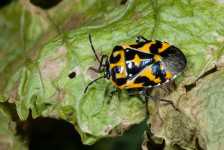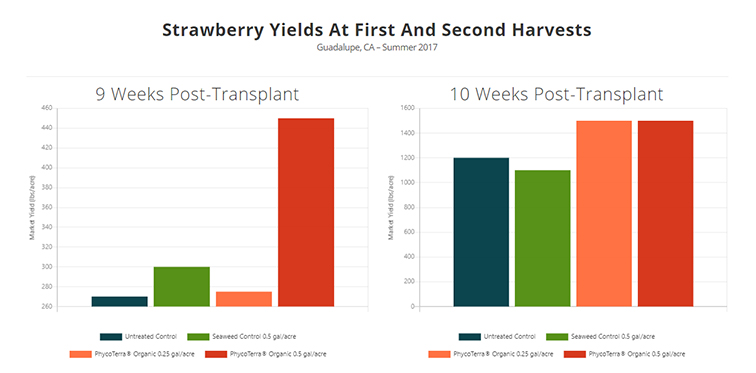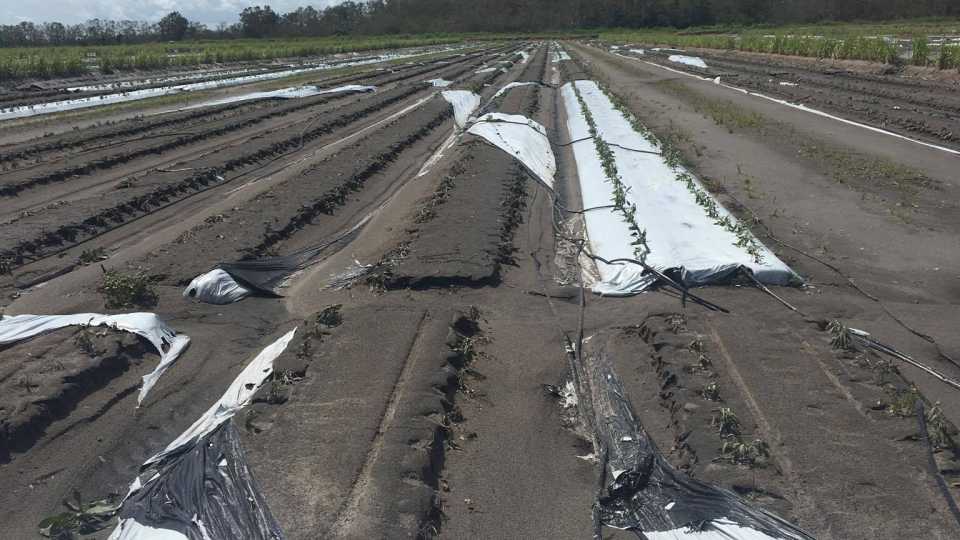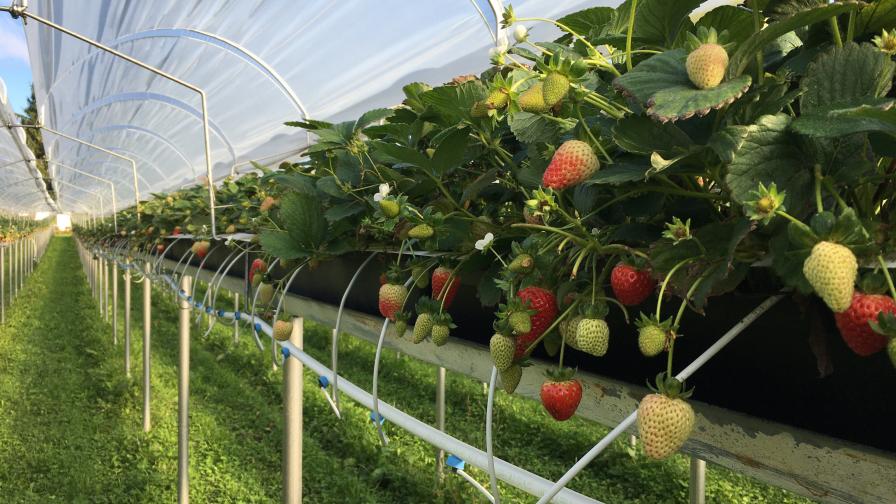The Harlequin Bug, A Cole Crop Cretin

The harlequin bug, a pest that feeds primarily on cabbage, cauliflower, Brussels sprouts, and other cole crops, is most prevalent in the South. Secondary crops that could be affected by this yellow-to-orange and black bug include potatoes, tomatoes, eggplant, and okra.
Apart from Southern states, where this stink bug species can be a dangerous invader, the harlequin bug can be found sporadically from mid-Colorado to Iowa and Pennsylvania, as well as Michigan, explains Richard Weinzierl, professor and Extension entomologist with the University of Illinois.
A native to Central America and Mexico, the harlequin bug is a threat in the nymphal (immature) stages and as an adult, says Weinzierl. This pest survives in the adult stage in the winter and becomes active in late spring.
Adult females lay groups of approximately 12 barrel-shaped eggs on the underside of plant foliage, and the nymphs go through a series of molts so that they grow to look more like adults each time.
This approximately 1-centimeter, shield-shaped pest has hard wings and goes through two to three generations per year and as many as four to five in states in the far South, he says. A generation of this bug lasts between 50 to 60 days during the growing season.
Beware Of Color
This bug’s calling card is its vivid coloring, but Weinzierl says that the “coloration is to deter predators because of the toxic substances it holds in its blood.” The color is an indication of the toxins the bug has, including mustard oil glycosides. Making it easy to identify, the bug’s colors appear behind the head and are yellow-orange to rust-orange with heavy black markings.
“It is not commonly mistaken for anything else,” Weinzierl adds. “The harlequin bugs’ markings are too prominent and obvious.” When the bug is not in flight, the wings are folded over the body and the membranous parts of the wings are dark and V-shaped atop the back end of the insect’s abdomen.
Nature Of Damage
Known for sucking plant fluids from leaves, stems, fruits, and other areas of the plant, the harlequin bug kills cells around the feeding site which causes distortions in shape and creates a cork-like pattern in the tissue, he explains. Plants attacked by this insect will wilt, turn a brown color, and eventually die if infestations are heavy enough.
Weinzierl explains that damage can reduce yield and may distort the heads of cole crops or fruits like tomatoes and peppers which obviously reduces market value.
The Best Defense
In order to ward off this produce predator, Weinzierl suggests that growers destroy crop residue and weeds in and around the fields as soon as harvest is complete by plowing under the field to remove volunteer plants in the cabbage/mustard family to avoid overwintering by the insect and thus, potential reinfestations.
The bug usually hides under the protection of cabbage stalks or in bunches of grass, so clearing this type of vegetation is key.
Unfortunately for growers, this pest, like most stink bugs, is not an easy one to control with insecticides, says Weinzierl. Chemical controls should be applied when significant numbers of harlequin bugs are present to assure a healthy and successful crop.









